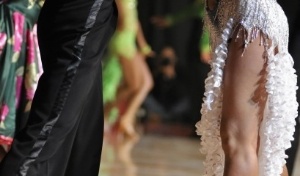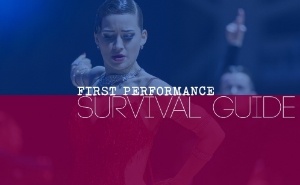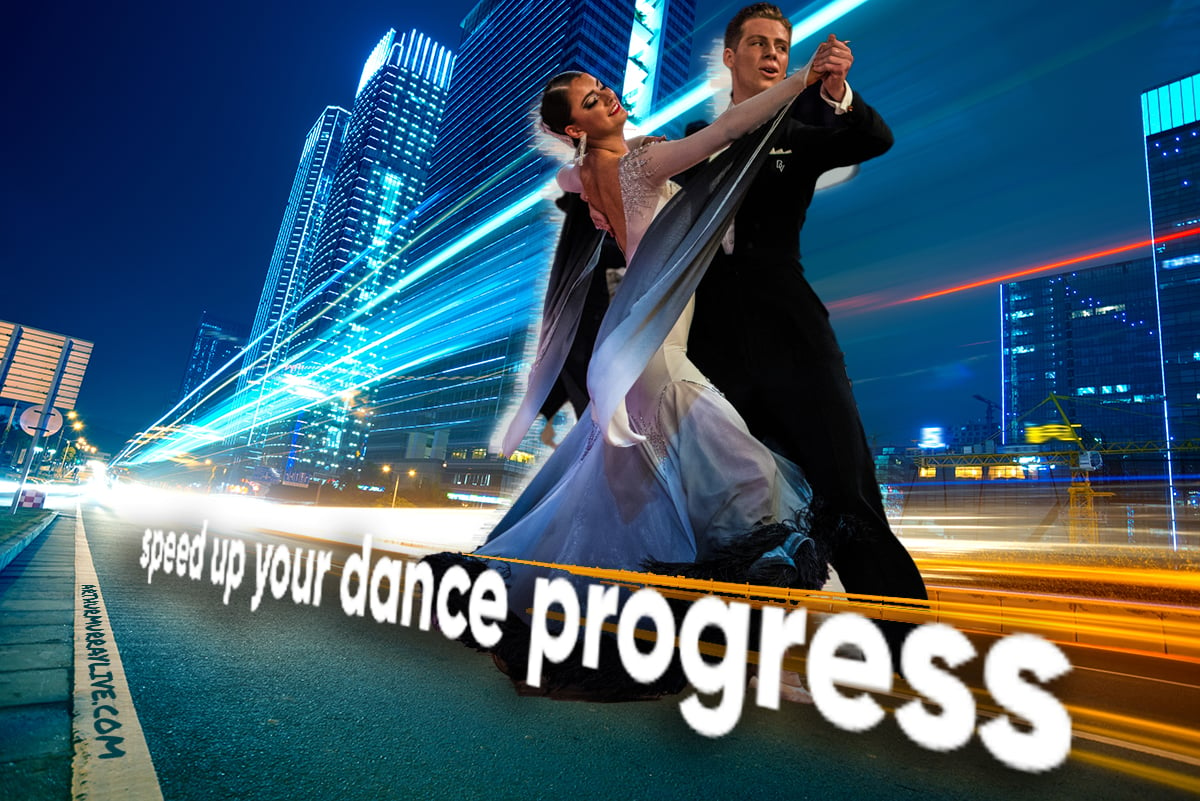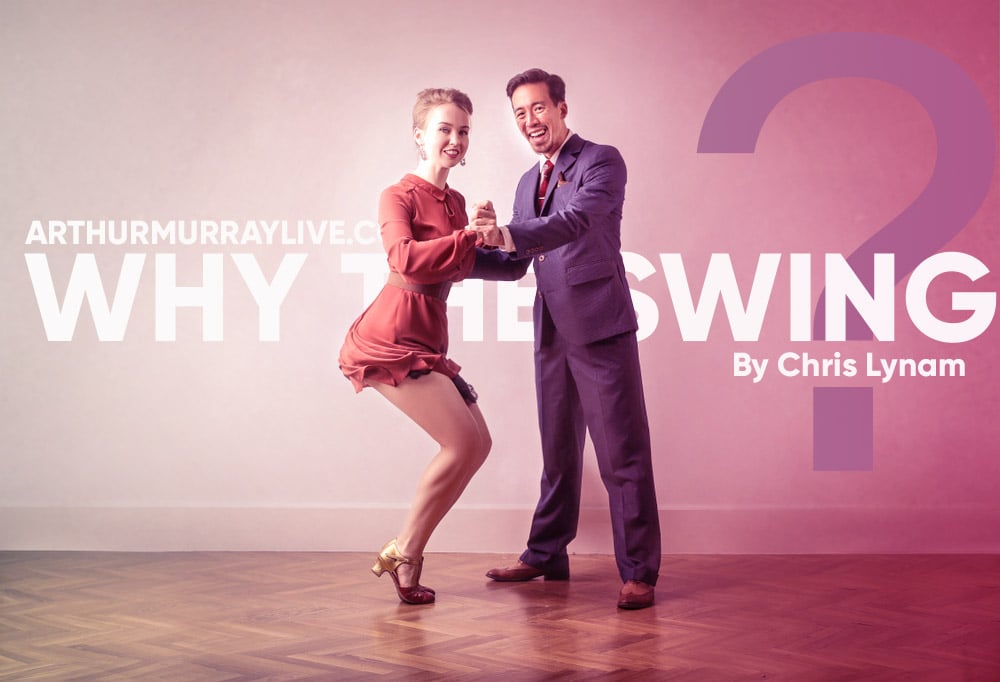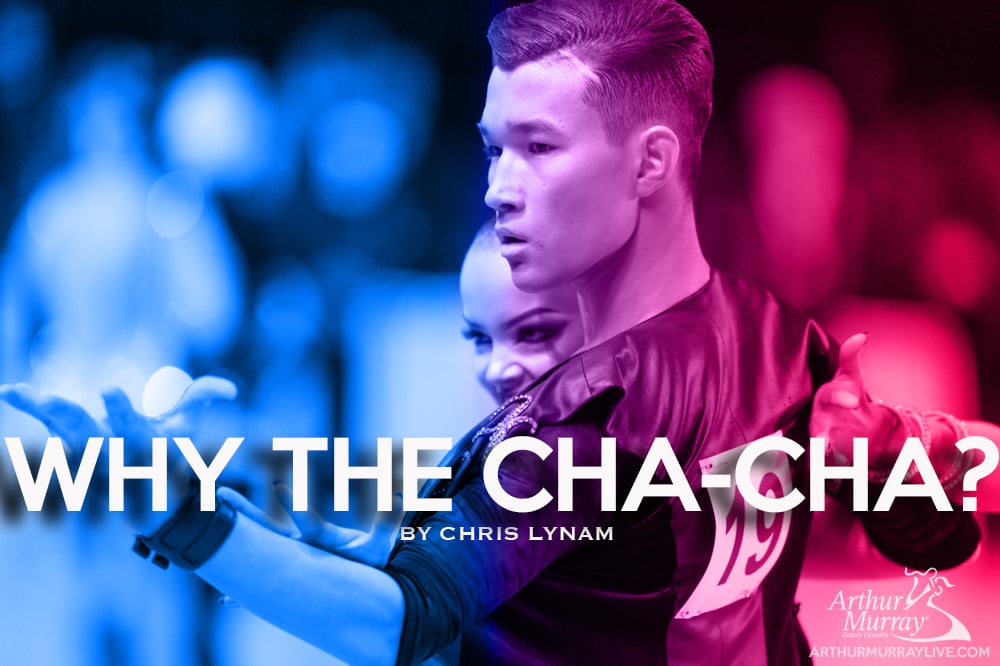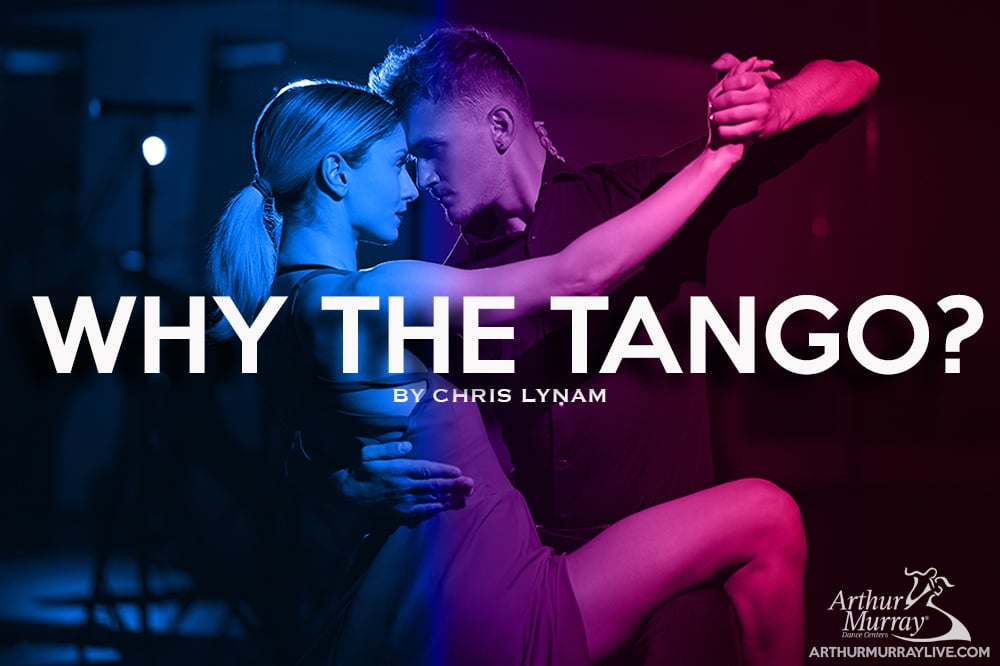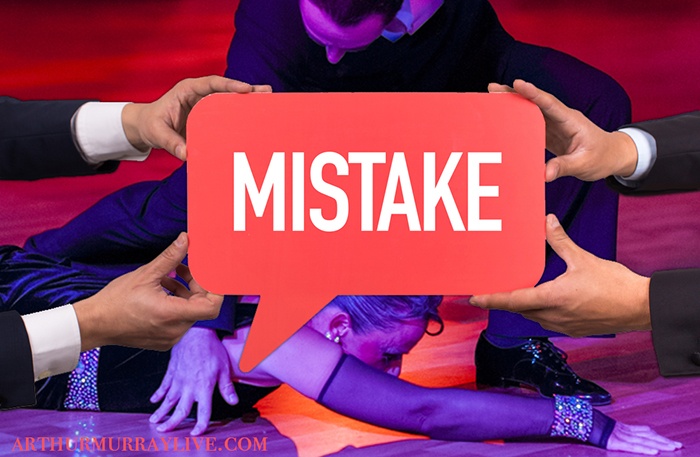
The Pains and Gains of Dance Competition Mistakes
Our hearts were pounding - not just because of the adrenaline, but because we were on our third swing heat of the afternoon.
Superama 2015. My husband, Serge, and I were in the final of the Rising Star Rhythm.
He spun me out and I saw a couple dancing right into my line travel. That's OK.
We practice frequently, so I made my normally traveling turn into a spin on the spot. I thought I was so clever as I lunged into my pose.
Usually Serge follows me and turns his head sharply at the last minute to look me up and down. Cute, right?
Usually.
Because he looks away before I hit my line, he didn't know I stopped far shorter than my expected mark.
And he headbutted me in the shoulder.
His eyes watered and head throbbed. I was knocked off my foot and rendered incapable of sleeping on my left side for a week and a half. But we kept dancing...for the remaining minute and five seconds of the swing.
Some Perspective On Dance Recovery
I always joke with my students that "dancing is 90% recovery." And after reading "31 Things Dance Judges Want To See You Do," I started recalling how truly important recovery is in all aspects of dancing.
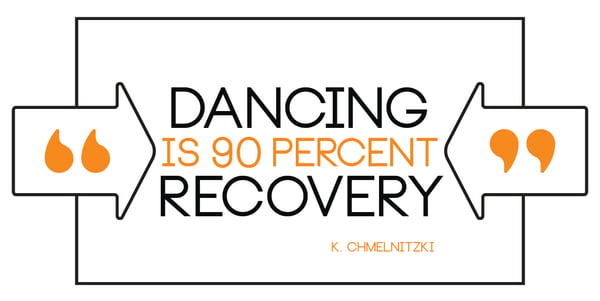 You practice and practice trying to perfect your craft. That's great. Because that's all you can do. When you walk onto the floor for the first time at a dance competition, you suddenly realize that there are other people out there also attending the Hula-Rama.
You practice and practice trying to perfect your craft. That's great. Because that's all you can do. When you walk onto the floor for the first time at a dance competition, you suddenly realize that there are other people out there also attending the Hula-Rama.What?!
Now your strong routines have to combat with other people's choreography, and if there's one thing you cannot control, it's other people.
But that's why you're there.
There's no perfect routine. We are all on the same yellow brick road trying to find the magic solution to our dance problems. You know what's working and what's not when you can dance with all the extra stimulation and movement on the floor and keep going.
You will look about a thousand times more confident and competent a dancer if someone bumps into you or gets in your way and can remain calm, shake it off and recover. Don't be frustrated. Everyone else on the floor is just as surprised as you are that people signed up for Hula-Rama.
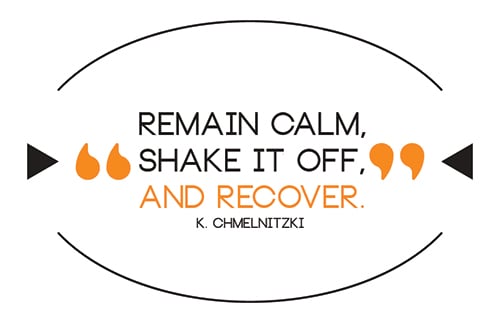
When you get off the floor, shaken, but no worse for wear, you go back to the studio and practice.
Practicing Dance Recovery
As you work on new choreography or techniques, recovery is key here as well. The process of trial and error can be frustrating, humbling and exciting. When things don't work right away - and they won't - it's important to recover on a mental and emotional level.
You're not an incapable dancer if the new connection doesn't work yet. Your partner isn't maliciously trying to throw you off your foot when you fall out of that turn.
You can't give up if it doesn't work. No one's at fault. Everyone's just growing. And there's always growing pains.
Just ask my left shoulder.
How To Get Started
If you're interested in getting started with competitive dancing, we recommend checking out the Competitive Dance Lessons page on this website, or continue reading these recommended articles.





